The CLER Model in the Context of a Mega Model
이 논문은 세 파트로 되어있다. 첫 번째 파트는 메가모델(MG)의 개념과 요소모델(m)이 소개된다. 이것은 대부분의 사회현상은 조금 더 기본적인 사회적 transaction으로부터 발현되어 사회상황과 상호작용되고 중복되면서 결국 고차원의 현상에 포함되는 복잡성을 가진다는 것을 암시한다. 이 복잡한 현상에 대한 개념적 이해를 위해 하나의 기본적인 모델 이상을 요구하게 된다. 왜냐하면 보통 기본모델은 전형적으로 전체의 복잡성의 한 측면만을 커버하기 때문이다. 우리는 좀 더 크고 포괄적이며, 문화적 상관관계를 제공하고 공유된 가치와 인식론적 가정들을 가진 개념화의 군집을 형성하는, 여러 요소모델으로 구성된 개념망인 메가모델을 요구하게 된다. 그러한 메가모델(MG)만이 우리가 교육과 사회의 변화에 관계된 전체 이데올로기와 테크놀로지를 다루도록 도울 수 있다. 예로서 8가지 요소모델로 이루어진 교육 및 개발에서의 계획된 변화의 메가모델(MG of Planned Change, MGpc)이 제시된다. 이 논문의 두 번째 파트는 MGpc의 요소모델 중 하나인 CLER모델(mcler)이 자세하게 논의된다. 요소모델인 mcler는 변화전략의 조작화를 위한 기본적인 도구이므로 자세하게 이야기할 가치가 있다. 마지막으로, 세 번째 파트에서는 교육 및 개발에서 계획된 변화를 창안, 계획, 실행, 평가하기 위한 mcler의 유용성을 강조하면서 활용 가능한 경험의 결과들을 보고한다.
Ⅰ
계획된 변화를 위한 연구는 전통적으로 학생들과 실천가들에 의해 Kurt Lewin의 “해동-변화-냉동(Unfreezing-Changing-Refreezing)"모델(Bennis, Benne, & Chin, 1969, p.98)과 같은 모델; Everett Rogers의 adoption모델(Rogers & Shoemaker, 1971); Havelock(1971, Chapter11)에서 논의된 것과 같은 RD&D모델, 사회적 상호작용모델, 문제-해결자모델, Linkage모델; 선험적/상호작용적 변화모델(Zaltman, Florio, & Sikorski, 1977); Esman의 위원회설립 (institution building) 모델 (Blase, 1973, p.5); Schmacher(1973)의 중간적 기술모델 등으로 안내하게 된다. 그렇지만 주어진 어떠한 예도 본 논문에서 활용 가능하도록 교육 및 개발의 계획된 변화를 위한 모델로 선택되지는 못한다.
요소모델 Elemental Models
위에서 언급된 각각의 모델에 대해 장점을 신중하게 고려했음에도 불구하고, 이것들 모두는 우리가 흔히 이야기하는 “요소모델”이다. 이 요소모델들(ms)은 전형적으로 계획된 변화의 부분(partial) 모델이다. “m"은 하나의 특정 이데올로기나 가치체계에 뿌리를 두고 있으므로 문화-한정적(culture-bound)이다. 다른 "m"은 계획된 변화의 국제, 국내, 커뮤니티, 가정, 또는 개인수준과 같은 특정 수준을 융통하도록 구성된다. 또 다른 "m"은 교육, 농업, 가족계획, 기업, 정치적 혁신과 같은 어떤 특정의 개발부문을 조정하게끔 되어있어서 여러 부문간 활용은 어렵다. 어떤 "m"은 비형식적 사회구조에서는 작동하지만 교육, 교회, 사업, 군사와 같은 형식적인 조직에서는 작동하지 않는다. 또 어떤 "m"은 이성-경험적, 규범-재교육적, 또는 권력-억압적과 같은 배타적인 이론적 측면을 가지고 있기도 하다(Bennis, Benne, & Chin, 1969, pp.58-59). 결국, "m"은 특정한 방법론적인 편향성을 가지고 한 가지 세팅의 기술적 선택을 위해서만 사용된다.
메가모델 Mega Models 1) 메가모델(MG)의 개념은 남미의 커뮤니티 교육체계를 위한 모델을 개발할 것으로 요구한 USAID 기술협력 프로젝트의 맥락에 있던 저자들에 의해 개발되었다. 이 프로젝트는 1976년에 실행되었고 프로젝트의 경험에 대한 리포트 중 하나가 1981년에 발행되었다(Bhola, 1981a).
실제 계획된 변화의 세계에서, 변화의 행위자(agent)는 상대성과 복잡성 모두를 다루어야만 한다. 교육계획자 혹은 개발계획자가 USAID, UNESCO, 월드뱅크 대신에 아시아나 아프리카, 남미 등으로 보내어졌다고 생각해보자. 그러한 이(異)문화간 세팅에서 변화를 계획하고 실행하는 것은 이데올로기와 테크놀로지의 복잡한 양상에 관여하는 것과 같을 것이다. 여러 가지 형태의 변화가 동시에 실행되어져야 할 것이고; 여러 가지 다양한 변화의 요소모델들, 즉 가치명확화모델, 정책설계모델, 위원회설립모델, 조직개발모델, 커리큘럼계획모델, 교육모델, 개인동기모델 등으로부터 커뮤니티참여증진을 위한 모델까지 필요하게 될 것이다.
물론 변화에피소드가 위에서 나열된 모든 "m"을 사용하도록 요구할 만큼 복잡하지는 않지만 대부분의 변화상황이 적어도 정치적 문화의 상대성과 체제적 인터페이스를 고려하여 논리-사회적 간섭의 측면을 다루도록 요구하게 될 것이다.
그러므로 우리에게 필요한 것은 메가모델(MG)이라고 부르는 더 넓고 포괄적인 개념망이다. 이 MG는 공유된 가치와 인식론적 가정을 포함한 여러 m으로 구성될 것이다. 더불어 MG에 있는 m은 계획된 변화 현상의 상대성과 복잡성을 융통할 수 있어야 한다. 이(異)문화내 세팅이나 비교적 덜 복잡한 변화에피소드를 다루는 동안, MG는 여러 모델들을 선택하는 모델의 역할을 할 것이다: MG는 계획된 변화의 개념을 파괴시키지 않으면서 요구되는 모델들을 가지고 변화행위자를 묶어주게 될 것이다.
교육 및 개발에서 계획된 변화의 메가모델 A Mega Model of Planned Change in Education and Development (MGpc)
아래 제시된 MGpc는 이것의 현재 모습에서 완전히 확장된 형태는 아니다. 그렇지만 분명히 이것은 혁신확산 또는 CLER모델(Bhola, 1967b) 이론의 핵심주위에서 오랜 시간에 걸쳐 성장해 왔다(Bhola, 1972, 1975b, 1975d, 1978, 1979a, 1981c).



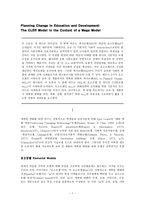
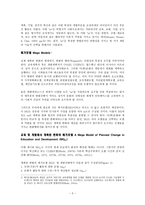
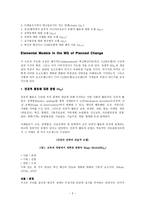

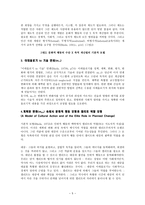

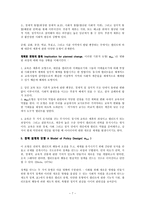
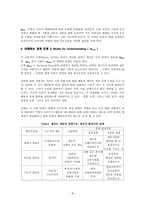
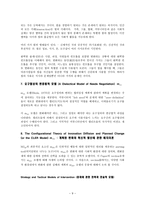
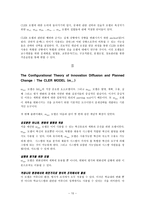
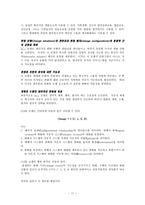
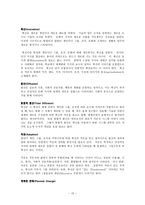
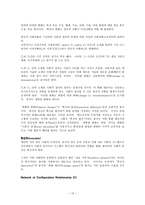
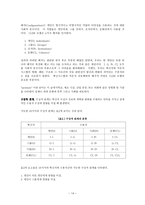
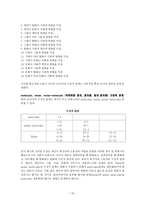

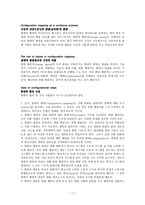
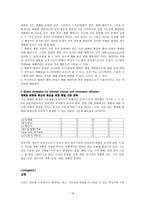

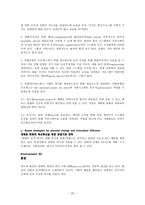
 분야
분야


